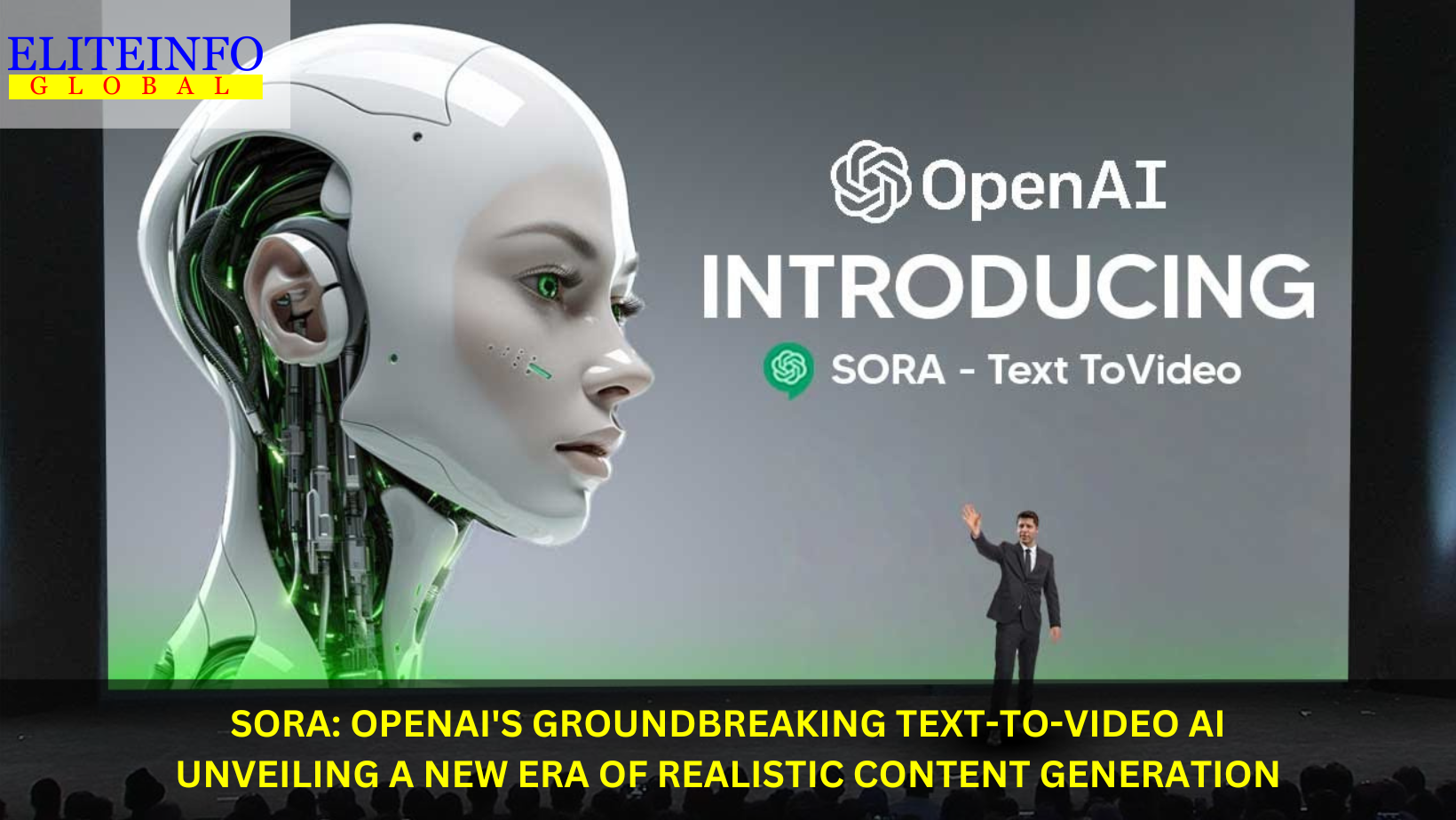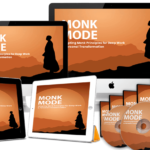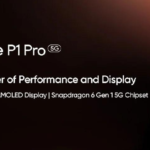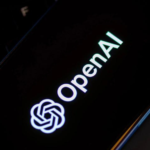OpenAI, the creator of ChatGPT, has unveiled a new form of Artificial Intelligence that creates realistic video based on text prompts, prompting stunned reactions online. The text-to-video model, named Sora, is a significant advancement in AI technology, specifically focusing on generating videos from text inputs. It marks a significant step forward in the field of AI, following the development of tools like ChatGPT and DALL-E.
Sora is capable of producing high-quality, realistic videos in response to written commands. While similar technology has been demonstrated by other companies like Google, Meta, and Runway ML, OpenAI’s Sora has impressed observers with the quality of the videos it generates.
Sora is a text-to-video diffusion model, capable of generating videos based on textual descriptions. Users can input text prompts, and Sora will create corresponding video content. Sora is capable of producing realistic and complex videos of up to one minute in length. It can create detailed scenes with multiple characters, providing a wide range of possibilities for creative expression. OpenAI is taking precautions to ensure the responsible use of Sora. This includes engaging in red-teaming exercises to identify potential risks and harms associated with the model. Additionally, OpenAI is developing tools to label Sora-generated videos and applying safety methods similar to those used with DALL-E to reject inappropriate or harmful text prompts.
OpenAI is actively engaging with policymakers, educators, and artists to understand their concerns and identify positive use cases for Sora. This reflects a commitment to fostering dialogue and collaboration around the ethical and responsible deployment of AI technologies. While other video-generating models exist, Sora stands out for its ability to produce realistic and complex videos. Meta has a tool for creating short video clips, and Google is working on its text-to-video model, but Sora is purportedly capable of more advanced video generation. However, despite its impressive capabilities, Sora is not yet available to the public, and OpenAI has disclosed limited information about its development process. Concerns have been raised about the sources of imagery and video used to train Sora, especially considering OpenAI’s past legal issues related to the use of copyrighted works. OpenAI said in a blog post that it’s engaging with artists, policymakers, and others before releasing the new tool to the public.
What is the Technology behind Sora
Sora is a text-to-video diffusion model developed by OpenAI, capable of generating videos based on textual descriptions. Users can input text prompts, and Sora will create corresponding video content. Sora is based on the technology behind DALL-E 3, OpenAI’s flagship text-to-image model. Sora is a transformer-based model that processes chunks of video data in much the same way that the transformer inside a text-to-image model processes textual data. The researchers say that this let them train Sora on many more types of video than other text-to-video models, varied in terms of resolution, duration, aspect ratio, and orientation. Sora is capable of producing realistic and complex videos of up to one minute in length. It can create detailed scenes with multiple characters, providing a wide range of possibilities for creative expression. OpenAI is taking precautions to ensure the responsible use of Sora. This includes engaging in red-teaming exercises to identify potential risks and harms associated with the model. Additionally, OpenAI is developing tools to label Sora-generated videos and applying safety methods similar to those used with DALL-E to reject inappropriate or harmful text prompts. OpenAI is actively engaging with policymakers, educators, and artists to understand their concerns and identify positive use cases for Sora. This reflects a commitment to fostering dialogue and collaboration around the ethical and responsible deployment of AI technologies. However, OpenAI has not released a technical report or demonstrated the model, and it says it won’t be releasing Sora anytime soon.
What is the difference between Sora and DALL-E 3
Sora, developed by OpenAI, is a text-to-video diffusion model that generates videos based on textual descriptions. It is a significant advancement in AI technology, following the development of tools like ChatGPT and DALL-E. Sora is capable of producing realistic and complex videos of up to one minute in length, featuring detailed scenes with multiple characters. Sora differs from other text-to-video models in several ways:
- Technology: Sora combines a diffusion model with a transformer-based neural network, allowing it to process a wider variety of video data than other models.
- Realism: Sora is known for its striking photorealism, which sets it apart from other text-to-video models.
- Emergent grasp of cinematic grammar: Sora can create videos with an emergent grasp of cinematic grammar, showing an ability to tell stories and create narrative thrust.
- Safety measures: OpenAI is taking precautions to ensure the responsible use of Sora, including engaging in red-teaming exercises to identify potential risks and harms associated with the model.
- Ethical considerations: OpenAI is actively engaging with policymakers, educators, and artists to understand their concerns and identify positive use cases for Sora.
- Limited availability: Sora is not yet available to the public, and OpenAI has disclosed limited information about its development process.
- Training data: Concerns have been raised about the sources of imagery and video used to train Sora, especially considering OpenAI’s past legal issues related to the use of copyrighted works.
Sora is not the first text-to-video model, but it is one of the most advanced, capable of producing realistic and complex videos. Other models, such as Google’s Lumiere and Meta’s text-to-video tool, are also in development, but Sora is purportedly capable of more advanced video generation
What are the similarities between Sora and DALL-E 3
The similarities between Sora and DALL-E 3 include:
- Diffusion model: Both Sora and DALL-E 3 are based on a diffusion model, which is a type of generative model used for creating high-quality images and videos.
- Safety measures: Similar to DALL-E 3, Sora is designed with safety measures to restrict the generation of violent, sexual, or hateful content. OpenAI has stated that Sora will have the same restrictions on content as DALL-E 3, such as no violence, no porn, and no appropriating real people or the style of named artists.
- Realism: Both models are known for their ability to produce highly realistic output. Sora, like DALL-E 3, is distinguished by its striking photorealism, which is a notable feature of both models.
- Training data: OpenAI has mentioned that the training data for Sora is from content they’ve licensed and publicly available content, similar to the approach taken for DALL-E 3.
- Ethical considerations: OpenAI is actively engaging with policymakers, educators, and artists to understand their concerns and identify positive use cases for both Sora and DALL-E 3, reflecting a commitment to responsible deployment of AI technologies.
These similarities highlight the shared technological and ethical foundations of Sora and DALL-E 3, both of which represent significant advancements in the field of generative AI










